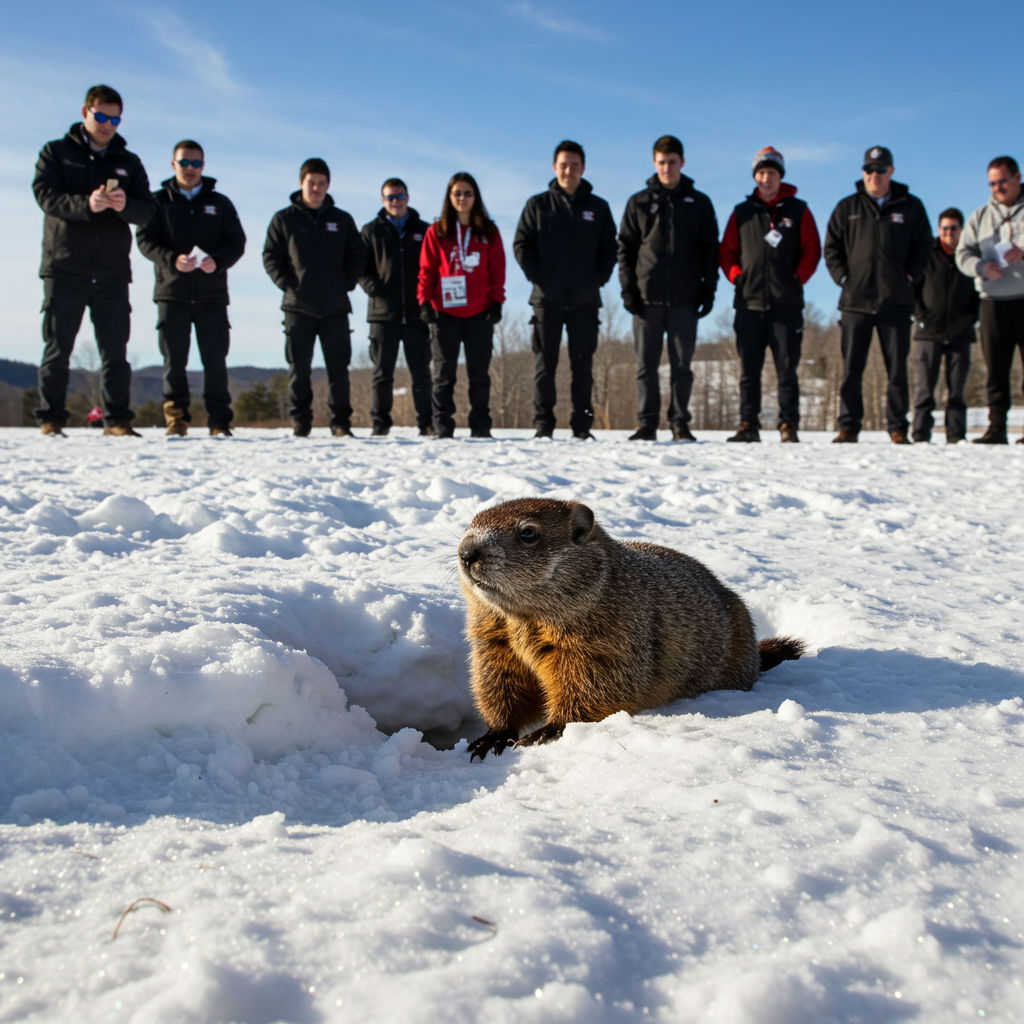According to North American folk tradition primarily derived from European customs, a groundhog’s behavior on February 2nd—specifically whether the animal sees its shadow upon emerging from hibernation—accurately predicts either extended winter conditions or early spring arrival. This animal divination supposedly works through the groundhog’s special sensitivity to seasonal patterns, with shadow-seeing (indicating sunny conditions) paradoxically predicting six more weeks of winter, while cloudy conditions allowing shadow-free emergence suggests winter will soon end. The ritual observation requires specific timing (early morning) and sometimes incorporates additional predictive elements like the animal’s movement patterns or vocalizations upon emergence.

A baby’s future career or fate is predicted by the first object they select during a ceremonial setup.
In several Asian and Eastern European cultures, a traditional ceremony is held for babies usually around their first birthday. Known


